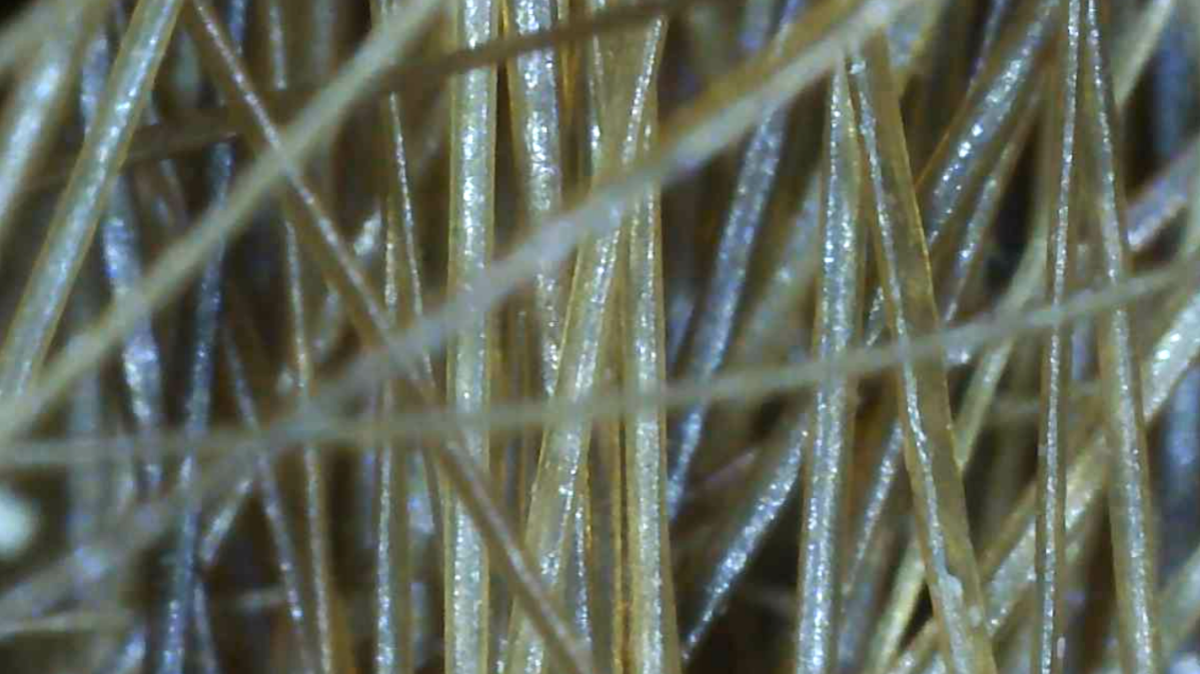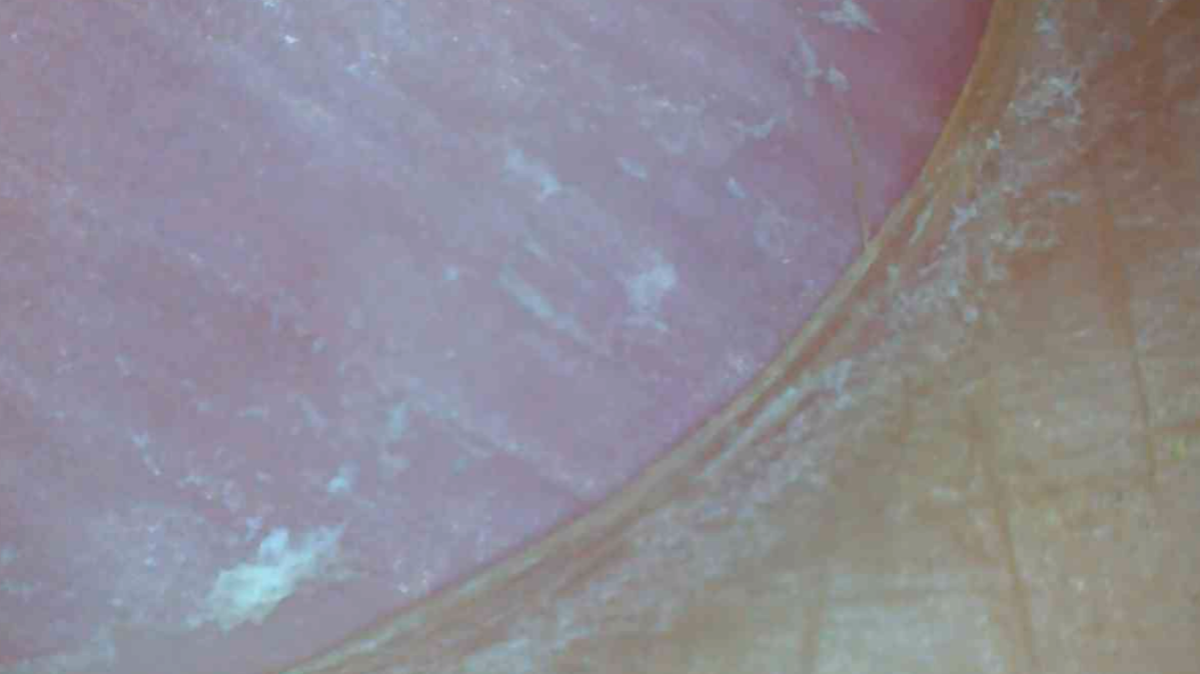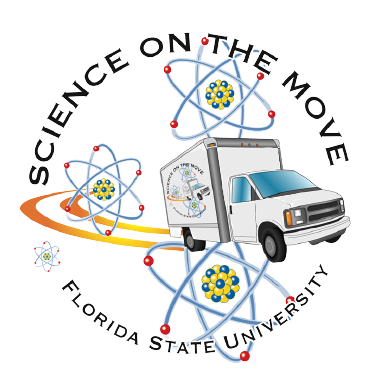Overview
Students investigate small objects using microscopes. Students draw diagrams and describe features of everyday items under a microscope. They also work to identify everyday objects from a zoom-in of the object under a microscope. Making detailed scientific observations is emphasized throughout and a discussion of how microscopes work is included.
- Grades K-3
- In person and virtual visit options available.
- For in person visits, access to a power outlet is required.
- For virtual visits, neither students nor teachers will need to supply a microscope. Instead, Science on the Move staff will use a digital microscope that allows the microscope view to be streamed directly to the computer screen. This allows for students to view objects remotely in live time.
Students investigate small objects using microscopes. Students draw diagrams and describe features of everyday items under a microscope. They also work to identify everyday objects from a zoom-in of the object under a microscope. Making detailed scientific observations is emphasized throughout and a discussion of how microscopes work is included.
- Grades K-3
- In person and virtual visit options available.
- For in person visits, access to a power outlet is required.
- For virtual visits, neither students nor teachers will need to supply a microscope. Instead, Science on the Move staff will use a digital microscope that allows the microscope view to be streamed directly to the computer screen. This allows for students to view objects remotely in live time.
Materials
- Microscope
- Coloring pencils
- Microscope
- Coloring pencils
Follow Up and Resources
These videos offer more examples and some history about microscopes:
-
Under a Microscope by Red Cat Reading is a short video with great examples of objects viewed under a microscope.
-
What are Microscopes for? by Knowsy Nina is a short video about the uses of a microscope.
These videos offer more examples and some history about microscopes:
-
Under a Microscope by Red Cat Reading is a short video with great examples of objects viewed under a microscope.
-
What are Microscopes for? by Knowsy Nina is a short video about the uses of a microscope.
Standards
Earth in Space and Time
- SC.1.E.5.3: Investigate how magnifiers make things appear bigger and help people see things they could not see without them.
Earth Structures
- SC.4.E.6.5: Investigate how technology and tools help to extend the ability of humans to observe very small things and very large things.
The Practice of Science
- SC.K.N.1.2: Make observations of the natural world and know that they are descriptors collected using the five senses.
- SC.K.N.1.4: Observe and create a visual representation of an object which includes its major features.
- SC.1.N.1.2: Using the five senses as tools, make careful observations, describe objects in terms of number, shape, texture, size, weight, color, and motion, and compare their observations with others.
Earth in Space and Time
- SC.1.E.5.3: Investigate how magnifiers make things appear bigger and help people see things they could not see without them.
Earth Structures
- SC.4.E.6.5: Investigate how technology and tools help to extend the ability of humans to observe very small things and very large things.
The Practice of Science
- SC.K.N.1.2: Make observations of the natural world and know that they are descriptors collected using the five senses.
- SC.K.N.1.4: Observe and create a visual representation of an object which includes its major features.
- SC.1.N.1.2: Using the five senses as tools, make careful observations, describe objects in terms of number, shape, texture, size, weight, color, and motion, and compare their observations with others.





